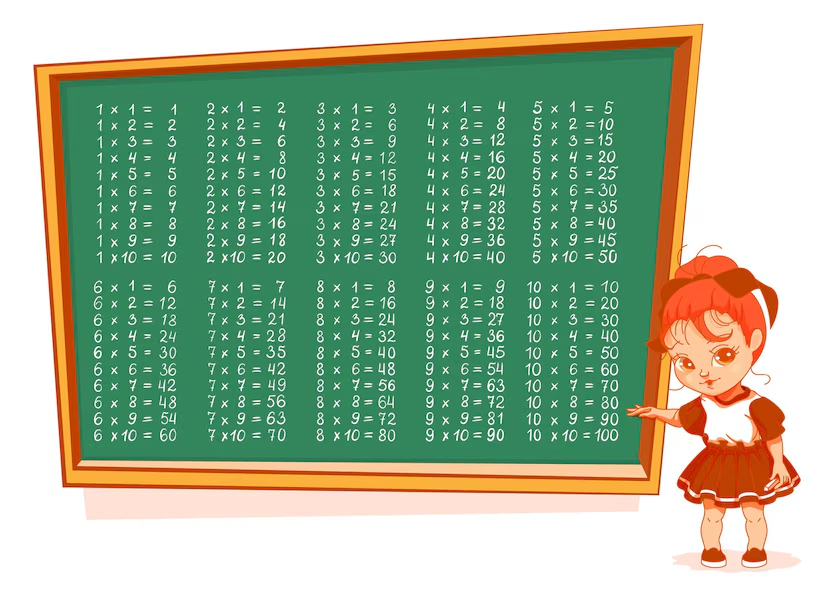In science, understanding how to change over decimal numbers into portions is fundamental for different computations and critical thinking situations. One captivating model is the decimal 1.66666666667 as a fraction. In this article, we will investigate how to change over this rehashing decimal into a small portion and figure out the numerical standards behind the transformation. Our point is to give an itemized, bit by bit clarification to assist you with dominating this idea.
The Nature of Repeating Decimals
Decimal numbers with at least one repeating digit or group of digits following the decimal point are known as repeating decimals. For example, the decimal 1.66666666667 as a fraction has an infinite repetition of the digit ‘6’. This kind of decimal can be imparted as a little piece, which is a more careful depiction.
Step-by-Step Conversion Process
Step 1: Identify the Repeating Part
To start with, recognize the rehashing part of the decimal. In 1.66666666667 as a fraction, the rehashing digit is ‘6’. We signify the rehashing part by setting a bar over it: 1.6̅.
Step 2: Set Up the Equation
Next, we ought to handle the decimal rehashing as a variable. Assume x is a similar repeating decimal. The formula for x is x = 1.66666666667x = 1.66666666667\.
Step 3: Multiply by a Power of 10
To dispense with the rehashing part, duplicate the two sides of the situation by a force of 10 that matches the length of the rehashing grouping. We raise by 10 because our rehashing succession consists of a single digit: 10 x = 16.666666666710 x = 16.666666666710 x = 16.6666666667
Step 4: Subtract the Equations
To get rid of the recurring portion, eventually delete the primary condition from this new condition: x = 16.6666666667 – 1.666666666710x – x = 16.6666666667 – x = 16.6666666667−x=16.6666666667−1.6666666667 10x
This reworks to: 9x=159x = 159x=15
Step 5: Solve for x
Partition the two sides by 9 to tackle for x: x=159x = \frac{15}{9}x=915
Step 6: Simplify the Fraction
At long last, work on the division to its most minimal terms: x=15÷39÷3=53x = \frac{15 \div 3}{9 \div 3} = \frac{5}{3}x=9÷315÷3 =35
Consequently, 53\frac{5}{3}35 can be used to represent the repeating decimal 1.66666666667 as a fraction.
Verification

Consequently, 53\frac{5}{3}35 can be used to represent the repeating decimal 1.66666666667 as a fraction.
The outcome matches our unique rehashing decimal, affirming the exactness of our transformation.
Practical Applications
Understanding how to change rehashing decimals over completely to divisions has functional applications in different fields like designing, software engineering, and money. For instance, exact estimations frequently require portions rather than decimals to try not to adjust mistakes.
Common Questions
Why Convert Decimals to Fractions?
Switching decimals over completely to portions is urgent for accuracy. Parts give accurate qualities, though decimals can be approximations. This accuracy is especially significant in logical estimations and specialized fields.
How to Handle More Complex Repeating Decimals?
For more intricate rehashing decimals, similar standards apply. Distinguish the rehashing arrangement, set up the situations, dispose of the rehashing part, and tackle for the variable. The main contrast is the length of the rehashing grouping, which influences the force of 10 you increase by.
What if the Decimal has a Non-Repeating Part?
On the off chance that a decimal has both a non-rehashing and a rehashing part, separate the two. Convert the rehashing part as displayed above, and afterward consolidate it with the non-rehashing part.
Conclusion
Changing rehashing decimals over completely to parts is a basic numerical expertise that improves accuracy and understanding. By following the bit by bit process illustrated in this article, you can undoubtedly change over the rehashing decimal 1.66666666667 as a fraction to the division 53\frac{5}{3}35 . This strategy can be applied to any rehashing decimal, supporting different reasonable and scholastic situations.